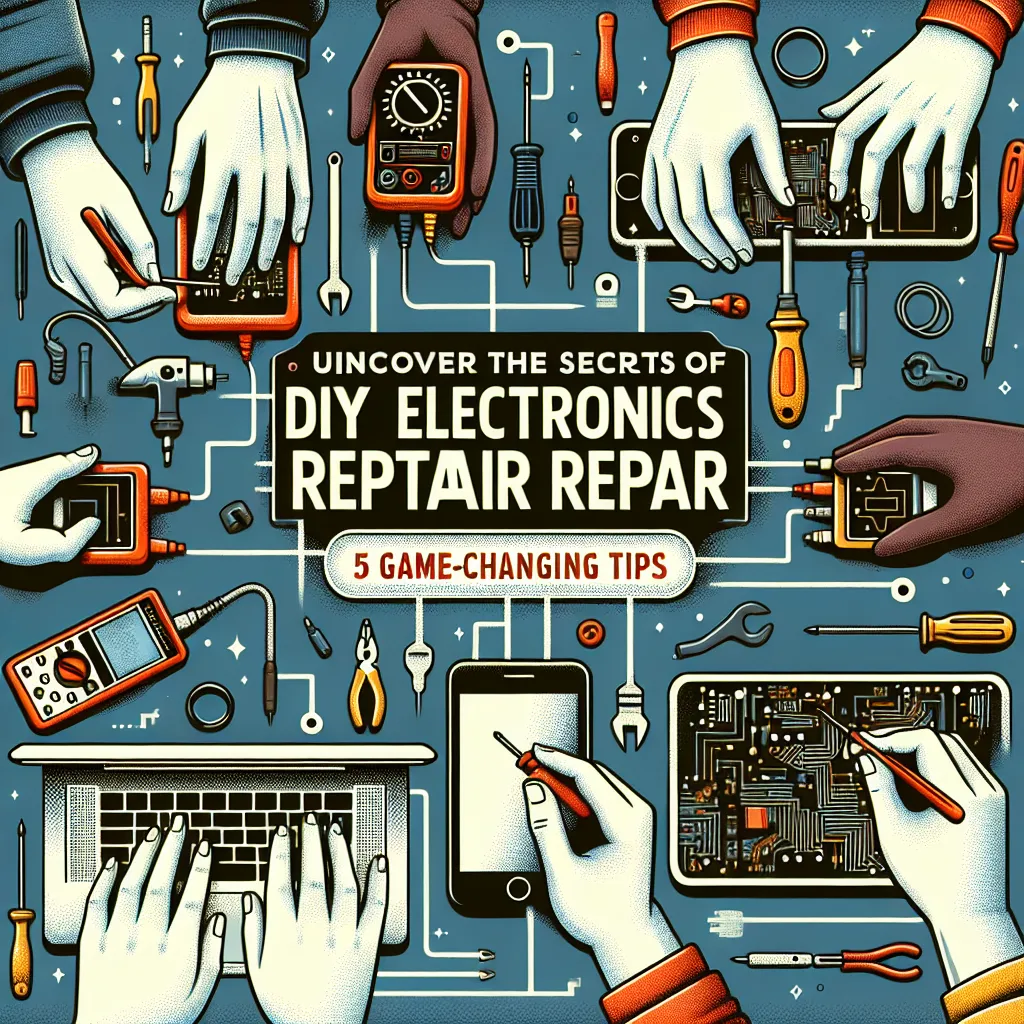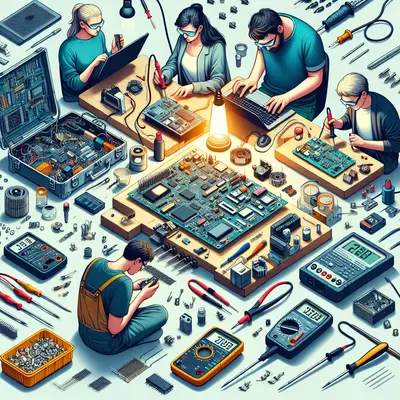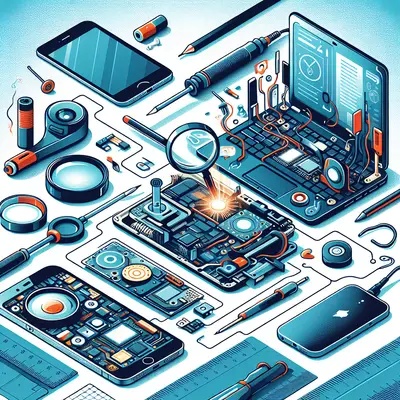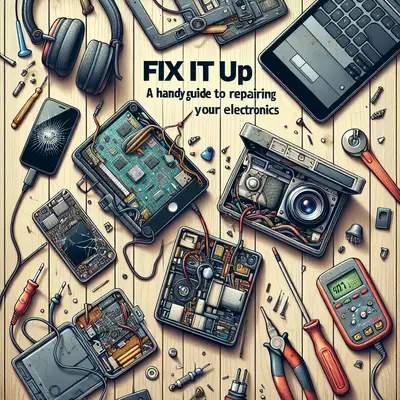Familiarize with the Basics
The first step in repairing electronics is understanding the basics. Knowing how to identify different components like resistors, capacitors, and transistors is crucial. The internet is a treasure trove of information. Websites like YouTube offer countless tutorials and explanations about electronic components. Spend some time learning the basics, and you'll have a solid foundation for your repair endeavors.
Invest in the Right Tools
Having the right tools at your disposal can make a world of difference in electronics repair. A good starter kit should include a multimeter, a soldering iron, tweezers, wire cutters, and a set of screwdrivers. These tools will allow you to diagnose and fix common problems with ease. So, before you embark on your DIY repair journey, make sure you're well-equipped.
Safety First
Working with electronics can be risky if not done correctly. Always disconnect the power supply before starting any repair work. Remember to handle components like capacitors with care, as they can store electrical charge even after the device is switched off. Wear safety goggles to protect your eyes, and if you're unsure about anything, seek professional help.
Practice Makes Perfect
Before you dive into repairing your expensive electronics, consider practicing on old or inexpensive devices. This will give you a chance to familiarize yourself with common repair techniques without the risk of damaging valuable electronics. Remember, practice makes perfect, so don't rush. Take your time to learn and improve your skills.
Seek Help When Needed
No matter how many videos you watch or books you read, sometimes, things just don't go as planned. In such cases, don't hesitate to seek help. There are numerous online communities and forums where you can seek advice from experienced DIYers. Remember, it's better to ask for help than to risk damaging your device beyond repair.
Conclusion
Embarking on a DIY electronics repair journey can be both rewarding and cost-effective. However, it's essential to approach it with the right mindset and tools. By understanding the basics, investing in the right tools, prioritizing safety, practicing, and seeking help when needed, you can unlock the secrets of DIY electronics repair. Happy fixing!



